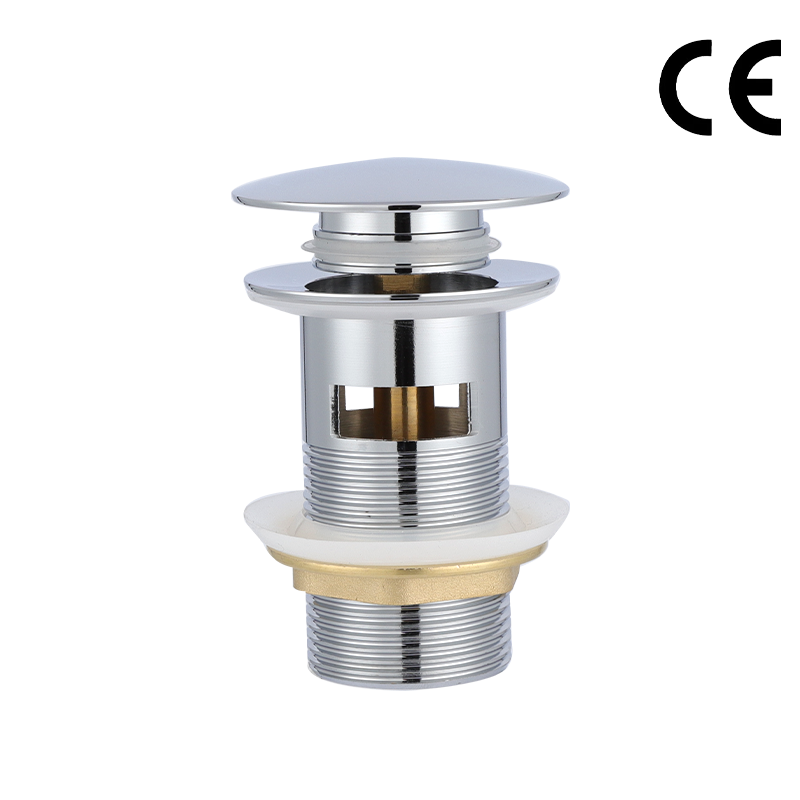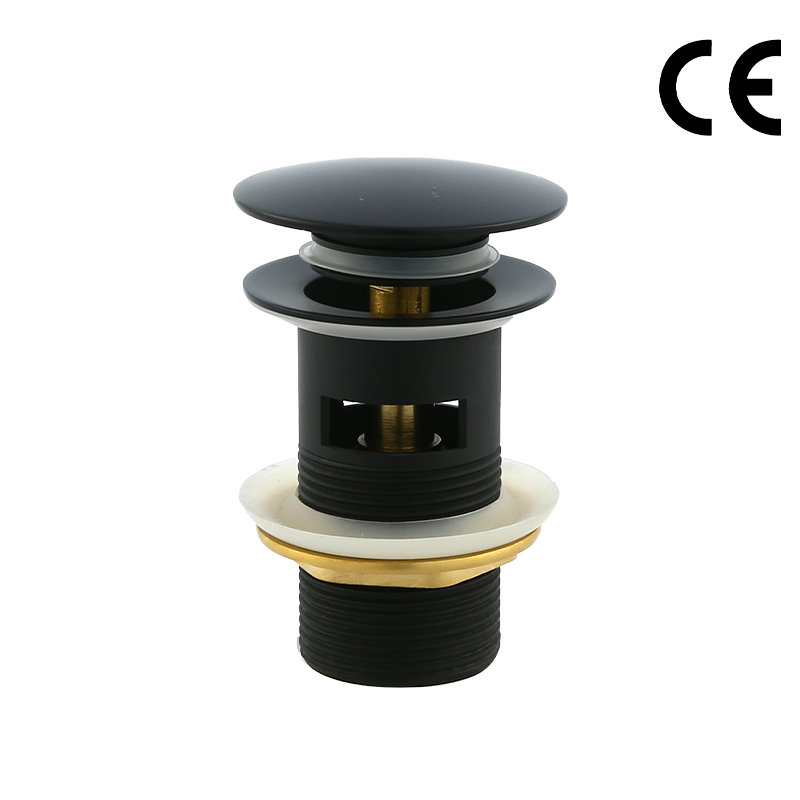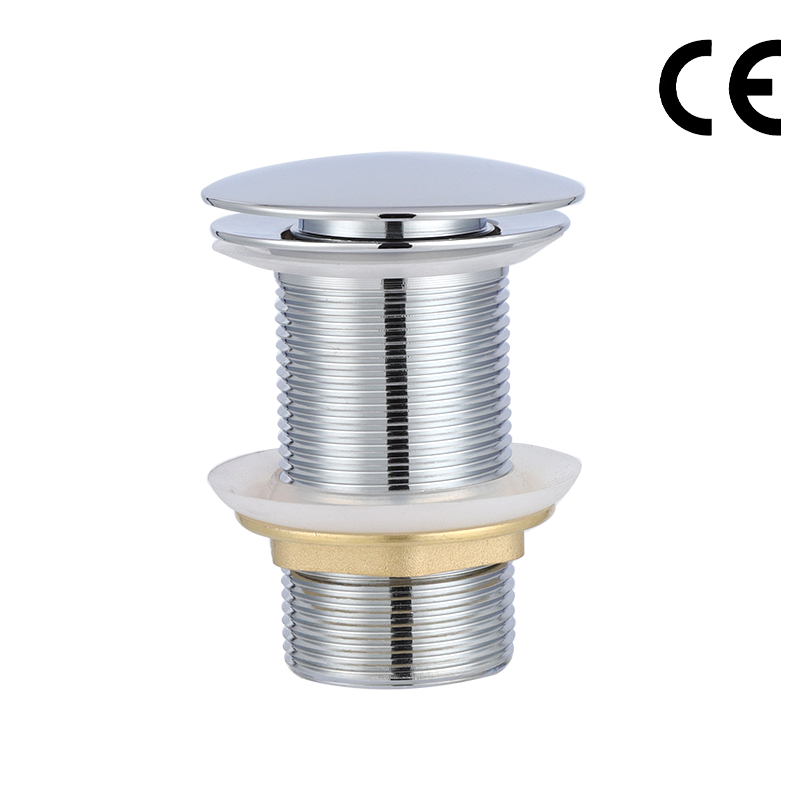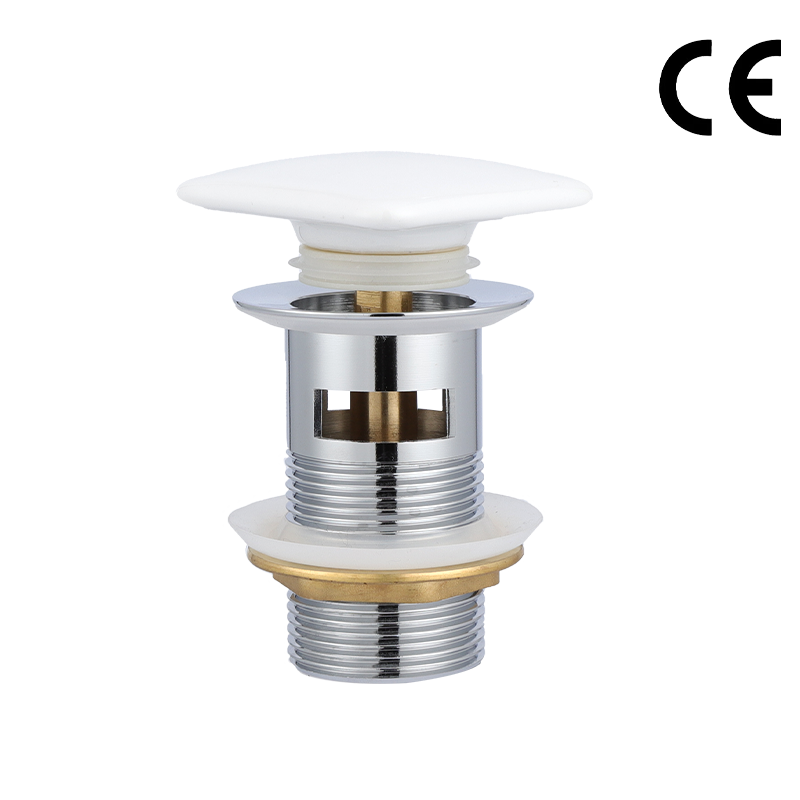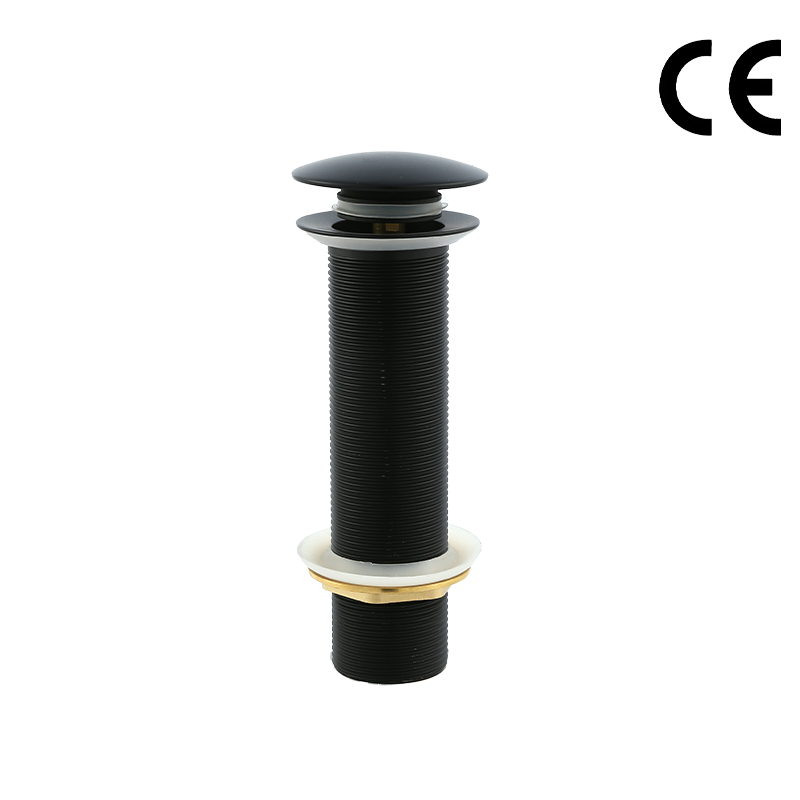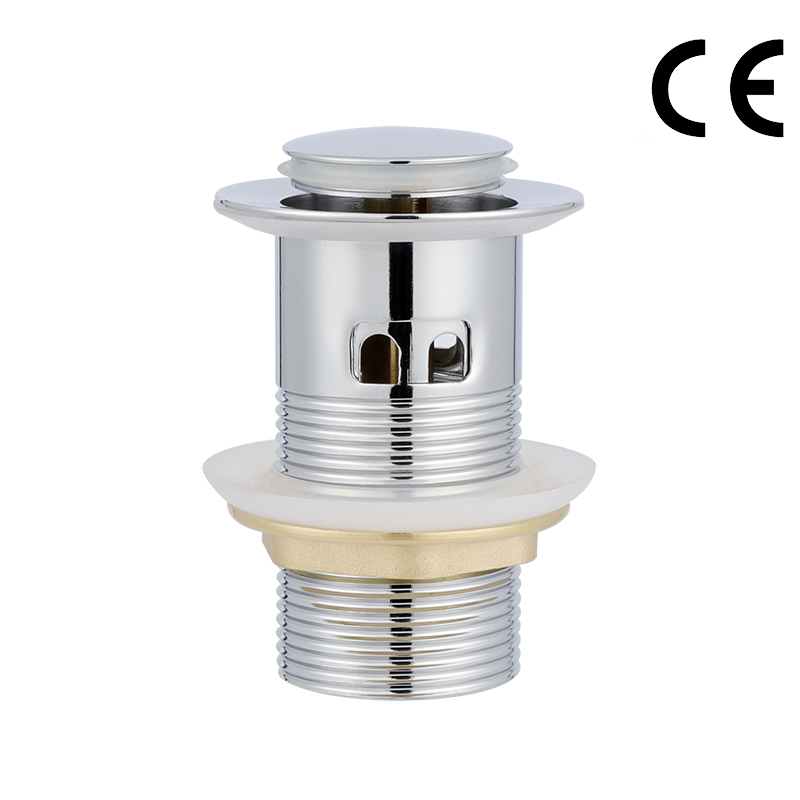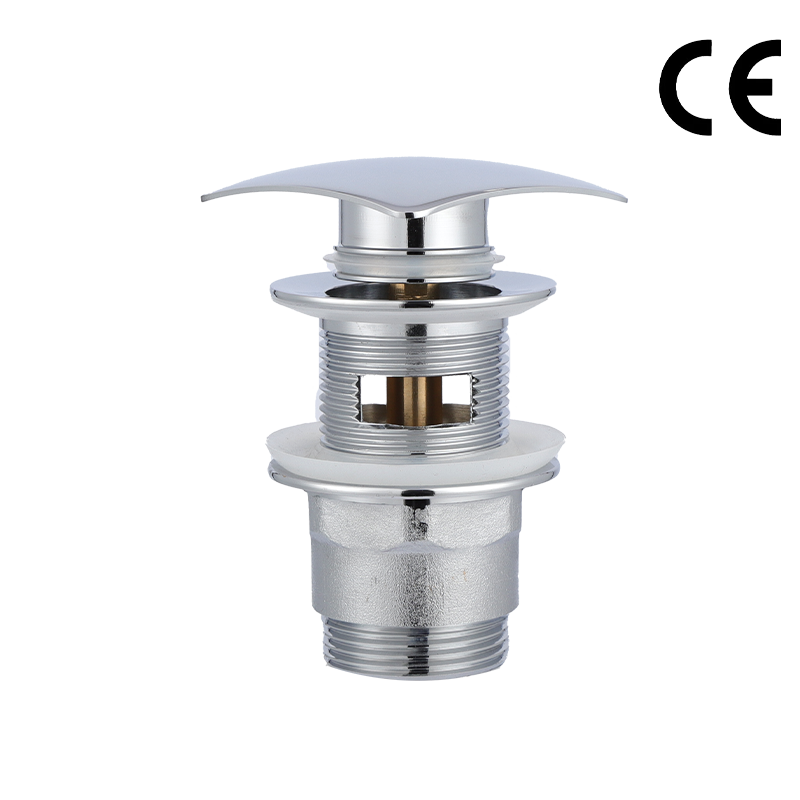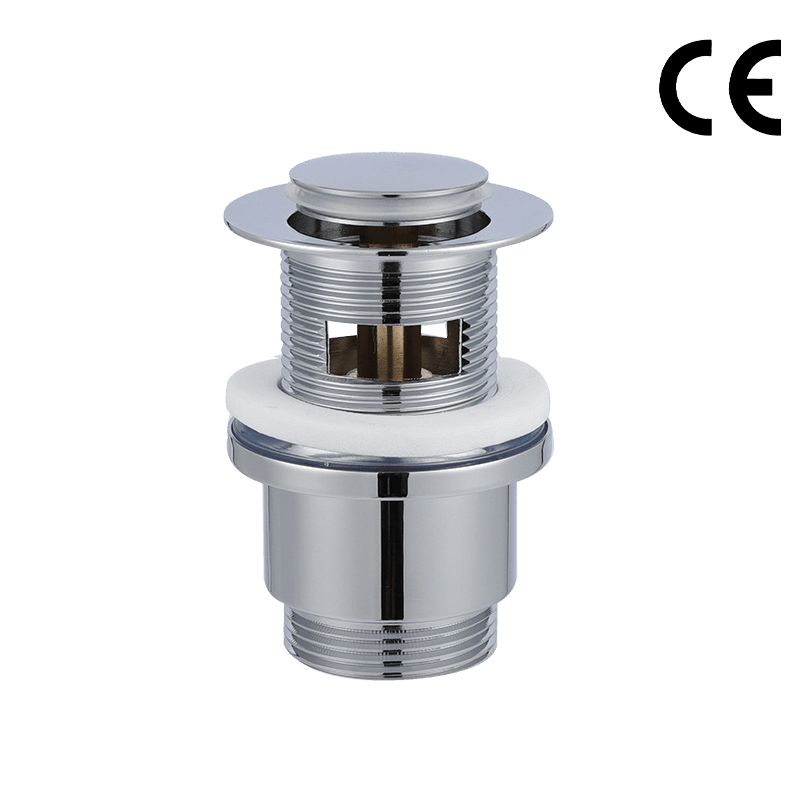Captive waste refers to the solid and liquid waste produced
Date:2023-03-02
Captive waste refers to the solid and liquid waste produced by animals in captivity, such as those in zoos, aquariums, and other similar facilities. This waste can have a significant impact on both the animals and their environment if not properly managed.
One of the primary concerns with captive waste is the potential for water pollution. The high concentration of animal waste in a confined area can lead to the buildup of harmful bacteria and chemicals in the water supply. This can cause health issues for both the animals and humans who come into contact with the water. Additionally, the accumulation of waste can lead to the depletion of oxygen in the water, which can harm aquatic plants and animals.
Another issue with captive waste is the potential for air pollution. Animal waste produces gases like ammonia and methane, which can be harmful to human health if inhaled in high concentrations. These gases can also contribute to the formation of smog and other air pollutants that can harm both the environment and human health.
In addition to the environmental concerns, captive waste can also have a significant impact on the health and wellbeing of the animals themselves. If waste is not properly removed and disposed of, it can lead to the buildup of harmful bacteria and parasites in the animals' living spaces. This can cause infections, illness, and even death in some cases.
To address these concerns, it is important for facilities that house captive animals to implement proper waste management practices. This can include regular cleaning and removal of waste, as well as proper treatment and disposal of both solid and liquid waste. Many facilities also use composting and other environmentally friendly methods to dispose of waste, which can help reduce the impact on the environment.
In addition to proper waste management practices, it is also important for facilities to prioritize the welfare of their animals. This includes providing adequate space and resources for the animals to thrive, as well as regular veterinary care and preventative measures to keep them healthy and free from disease.
In conclusion, captive waste is a significant concern for both the animals and their environment. Proper waste management practices are essential to minimize the impact of waste on the environment, as well as the health and well-being of the animals themselves. By prioritizing the welfare of the animals and implementing environmentally friendly waste management practices, facilities can help ensure the long-term sustainability and success of captive animal programs.
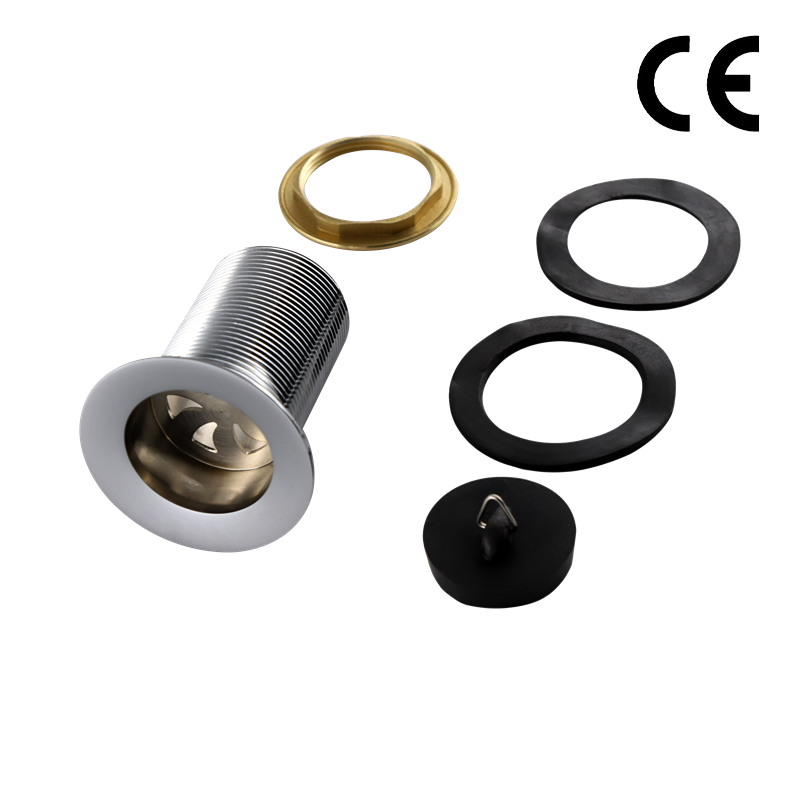



 English
English Español
Español

